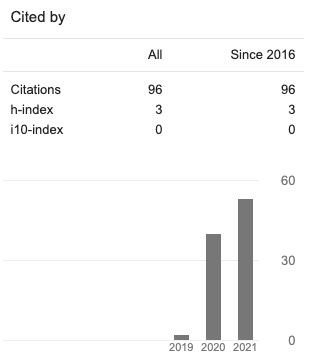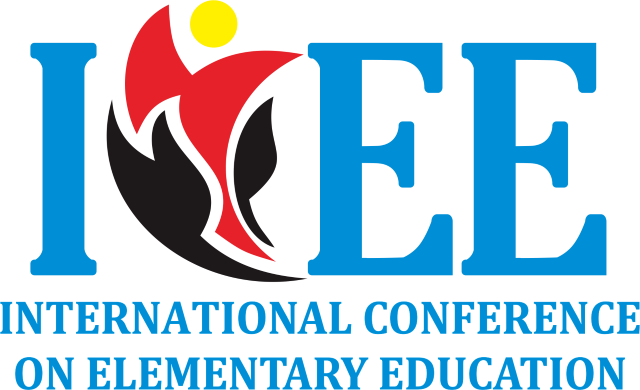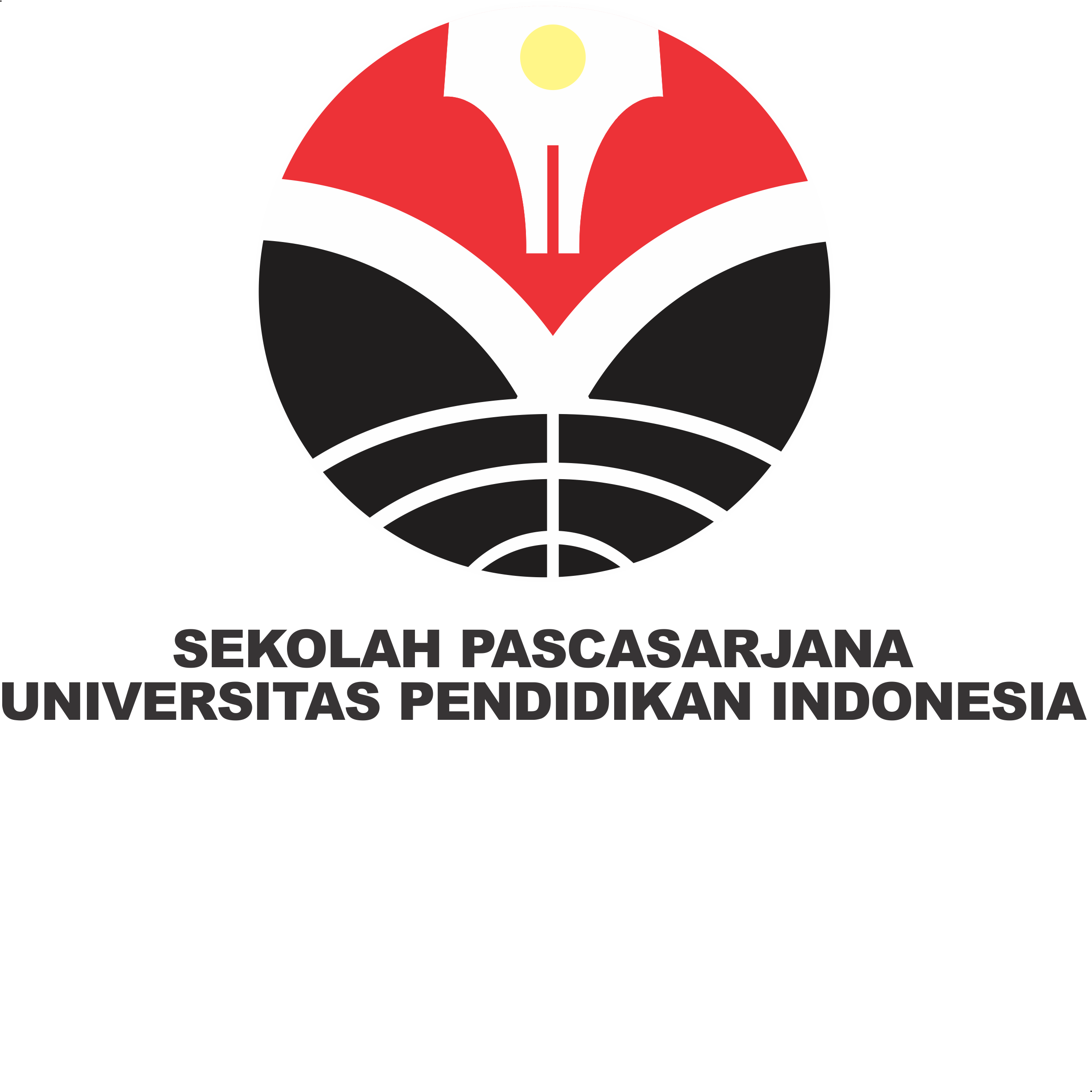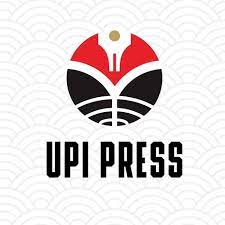The Impact of Problem-Based Learning on Student Learning Outcomes
Abstract
The learning model is very necessary in learning science. However, the learning model used in elementary schools (SD) is not optimal, which causes students to be less motivated to learn and has a negative impact on learning outcomes. This study aims to determine the effectiveness of the problem-based learning (PBL) model on student learning outcomes. This type of research is quantitative, using quasi-experimental methods, and the design used is a one group pretest and posttest design. The population in this study was all fifth-grade students at an elementary school, while the sample in this study consisted of 20 students. Random sampling was used for sampling in this study. This study will test the pre-test and post-test using the Wilcoxon matched pairs test. In carrying out the Wilcoxon test to analyze the two paired data sets, it was carried out using test analysis through the SPSS version 25 program. Based on the research and discussion, it can be concluded that the PBL learning model is effective in improving student learning outcomes in class V SD. This is supported by the Wilcoxon test results, which show that the asymptotic significance (two-tailed) is 0.000 < 0.05. The implications of this research are that it is hoped that teachers can implement this PBL model in the learning process so that it can improve students' ability to understand subject matter easily and quickly during the learning process.
Copyright (c) 2024 Cahyana, Ari Widodo

This work is licensed under a Creative Commons Attribution 4.0 International License.















